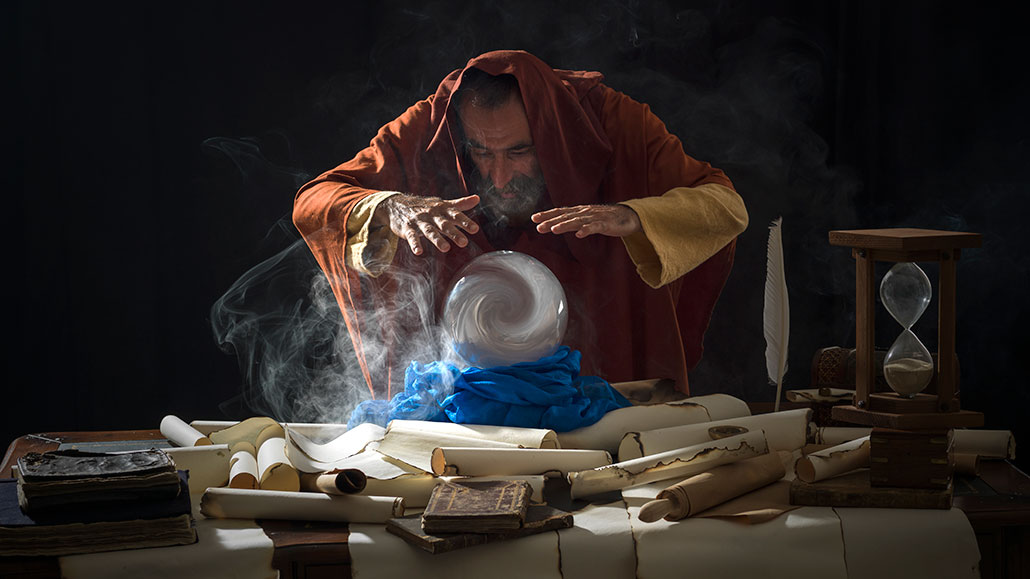Questions for “Beyond crystal balls: How to make good forecasts”

Forget about crystal balls and tarot cards. Mathematics and a mountain of data offer a much more reliable way to predict the future.
selimaksan/E+/Getty Images

Forget about crystal balls and tarot cards. Mathematics and a mountain of data offer a much more reliable way to predict the future.
selimaksan/E+/Getty Images